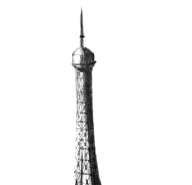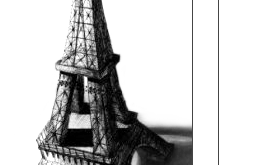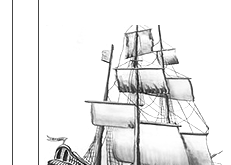Creating a mask is a complex multi-step process. Working with the person whose mask needs to be made significantly speeds up the process. Having made a cast of the face, you can create a model of the head or face in plaster or plastic within 1 day. However, few people have the time and desire to take an impression. Therefore, most often the masters of the OMI studio create a life-size model of the head from plastic materials. The sculptor’s task is to use photographs to capture the emotion that needs to be captured on the mask and transfer it to the model. The difficulty also lies in the fact that the master has to draw all the facial wrinkles and features of the skin.
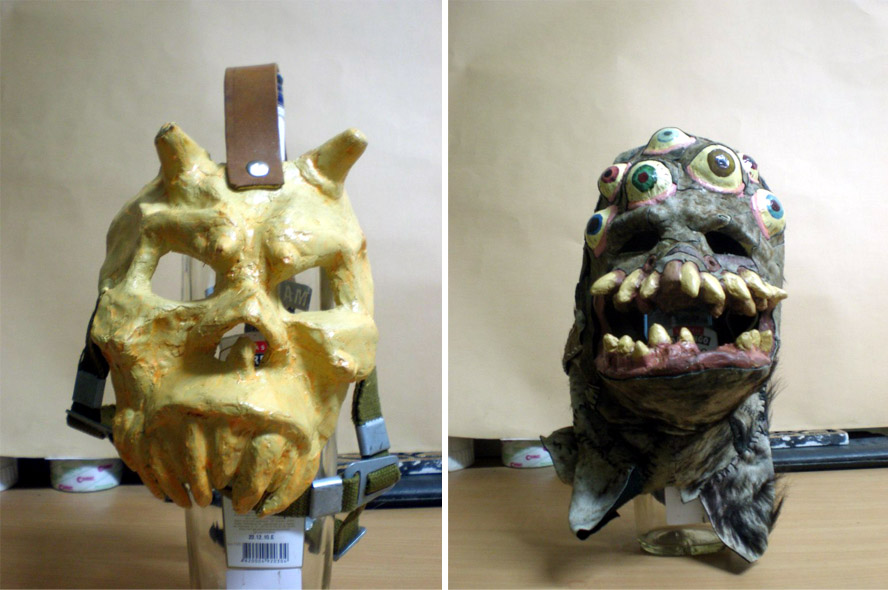
When the modeling is finished, you need to get a form (negative) of the texture in order to later obtain its exact copy in latex, silicone or plastic. The masters of the OMI studio use various materials to make negatives, but most often they are plaster and silicone.
“Having the negative, we proceed to the final processes - casting the mask, the drying process and coating with acrylic paints. The maximum resemblance of the mask to the original also depends on the work of the artist. If this is a latex mask and is intended to be worn by a living person, then it also needs to have slits for the eyes and nostrils so that the person can breathe in it,” said Bogdan Kazachenko, art director of the OMI studio.
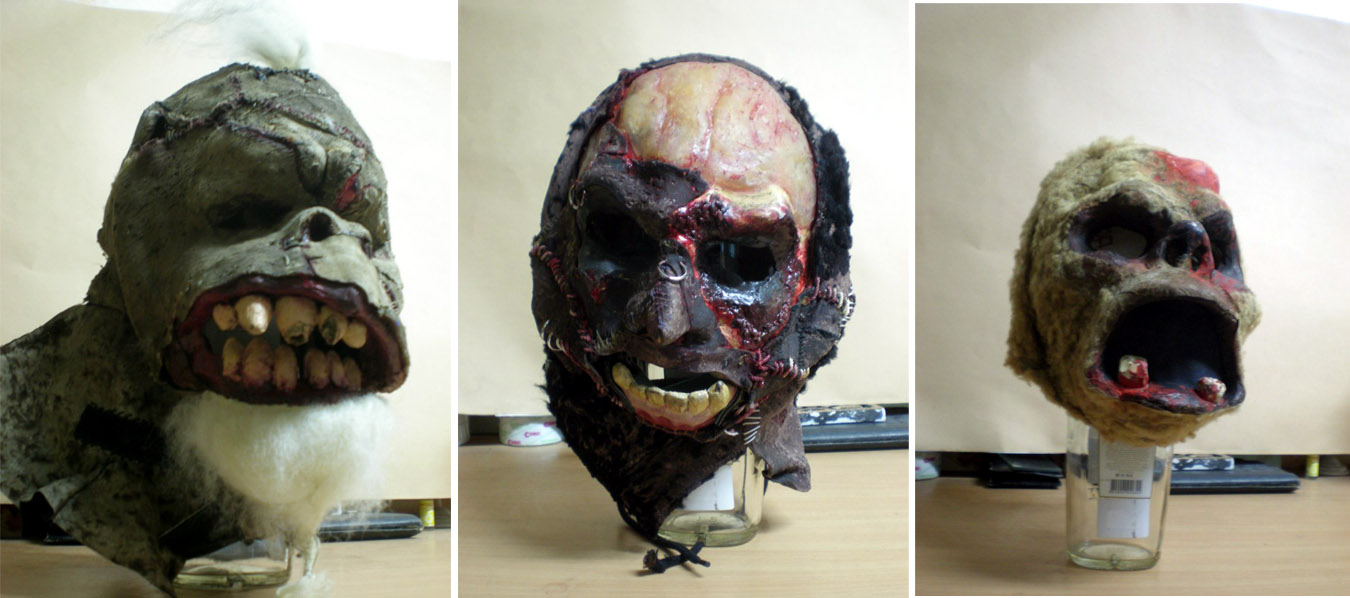
According to Bogdan, the initial model can be used several times: for this, the sculptor can re-sculpt faces and make negatives more than once.
“Not long ago, the masters of the OMI studio fulfilled an order for the production of caricature masks of famous people. As with any cartoon, our task was to maintain external similarity in the mask and at the same time highlight the most characteristic features of the model. The customer was satisfied, which means we were able to catch that fine line, crossing which you can offend a person,” emphasized the art director of the OMI studio

